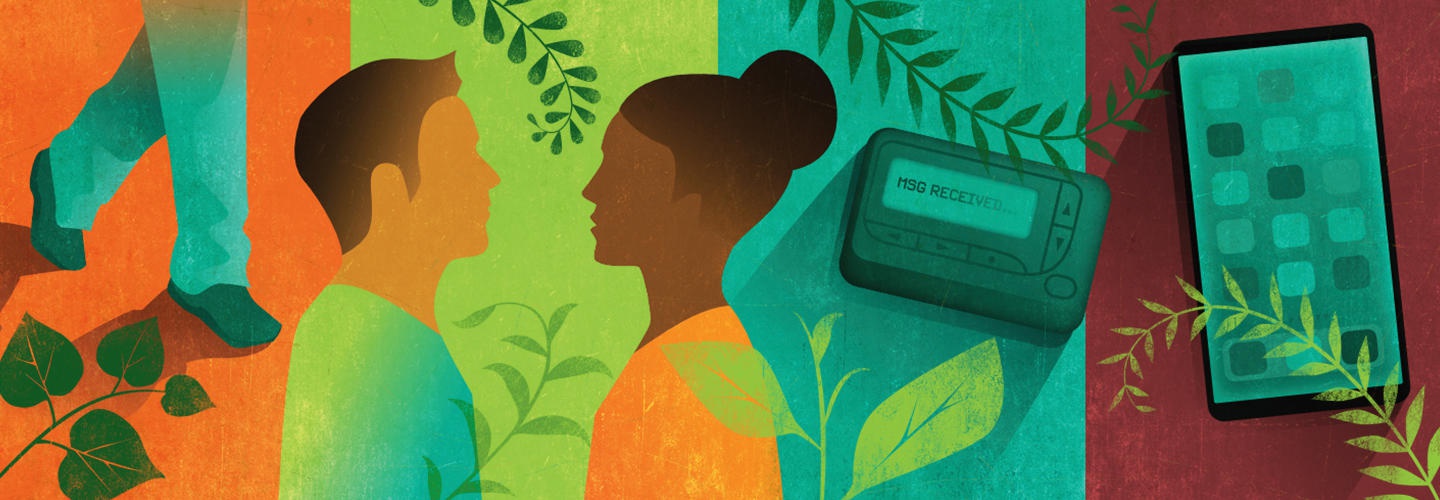
@ShahidNShah


Communication allows information to be shared between people. This is especially important in healthcare where that information could mean the difference between life and death.
Technology such as telephones and public address systems were used to communicate vital information to clinicians before the advent of pagers in the 1950s made immediate communication possible. Hospitals use simulcast networks to broadcast messages to modern pagers, which can be more reliable than cellular networks and reach clinicians even if they’re located in a cellular dead zone within a hospital. However, typical pagers allow only one-way communication and short messages. Clinicians must find a phone to respond, and that’s not always straightforward or efficient.
Gaps in the flow of communication can cost valuable time and make clinician workflows inefficient. Clinical communication and collaboration tools on mobile devices can make it easier to reach the right person when needed and ensure that a message is received by someone who can act upon it, supporting the flow of vital information. This ultimately benefits patients whose care may rely on quick communication between clinicians.
Continue reading at healthtechmagazine.net
Basic cyber hygiene is just as important for healthcare professionals as personal hygiene, according to John Riggi, senior adviser for cybersecurity and risk with the American Hospital Association and …
Connecting innovation decision makers to authoritative information, institutions, people and insights.
Medigy accurately delivers healthcare and technology information, news and insight from around the world.
Medigy surfaces the world's best crowdsourced health tech offerings with social interactions and peer reviews.
© 2025 Netspective Foundation, Inc. All Rights Reserved.
Built on Apr 25, 2025 at 12:44pm